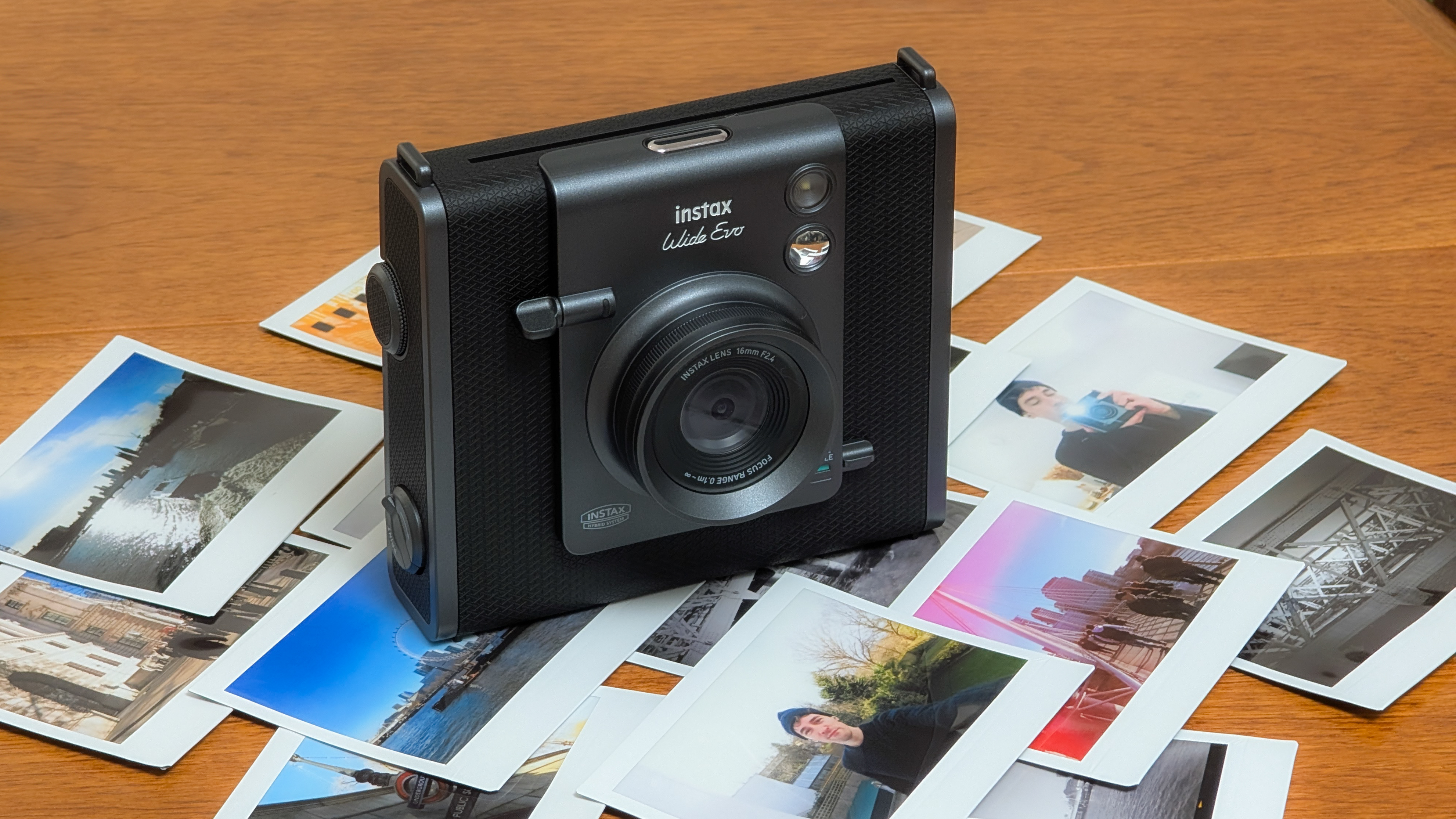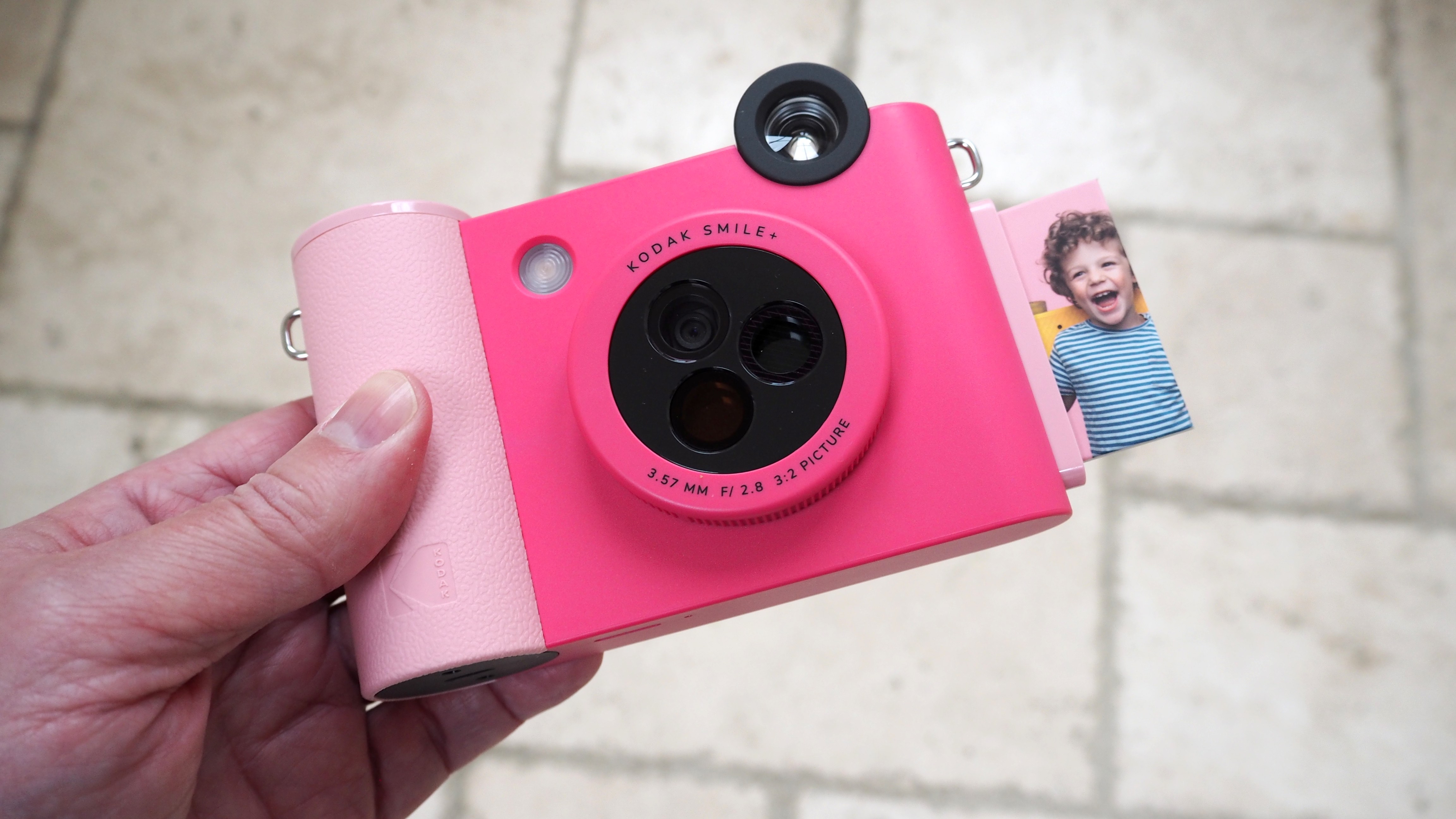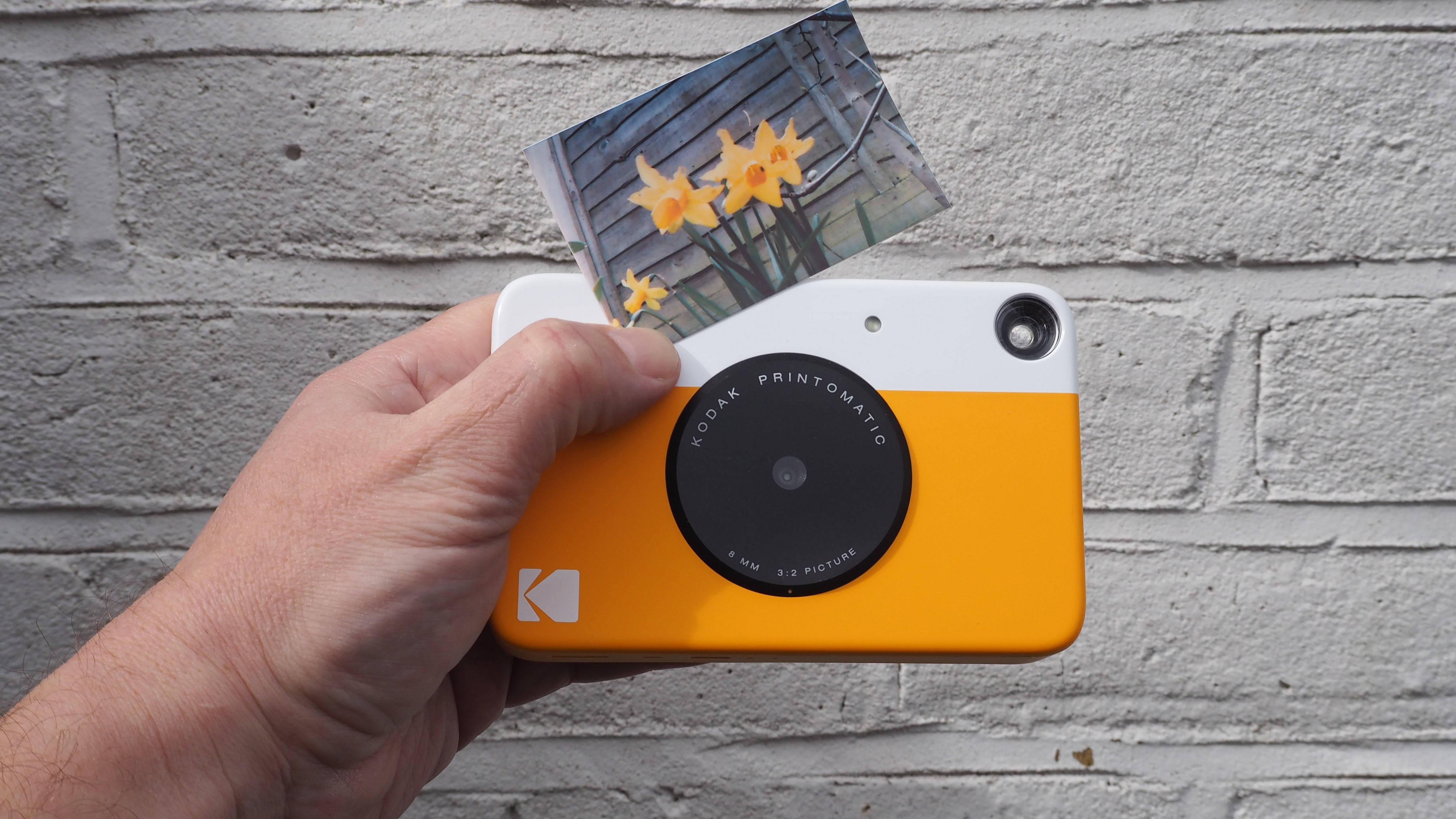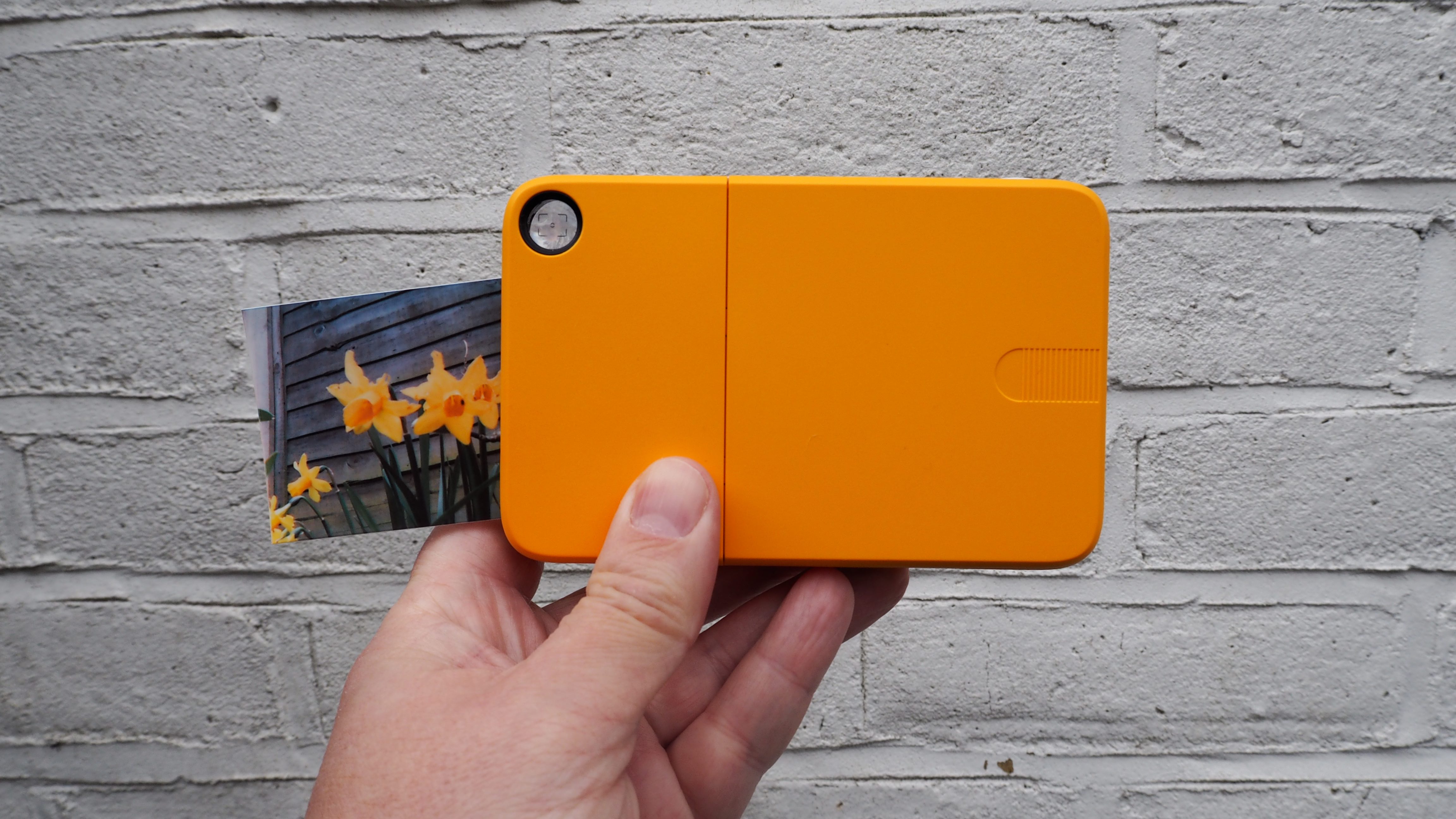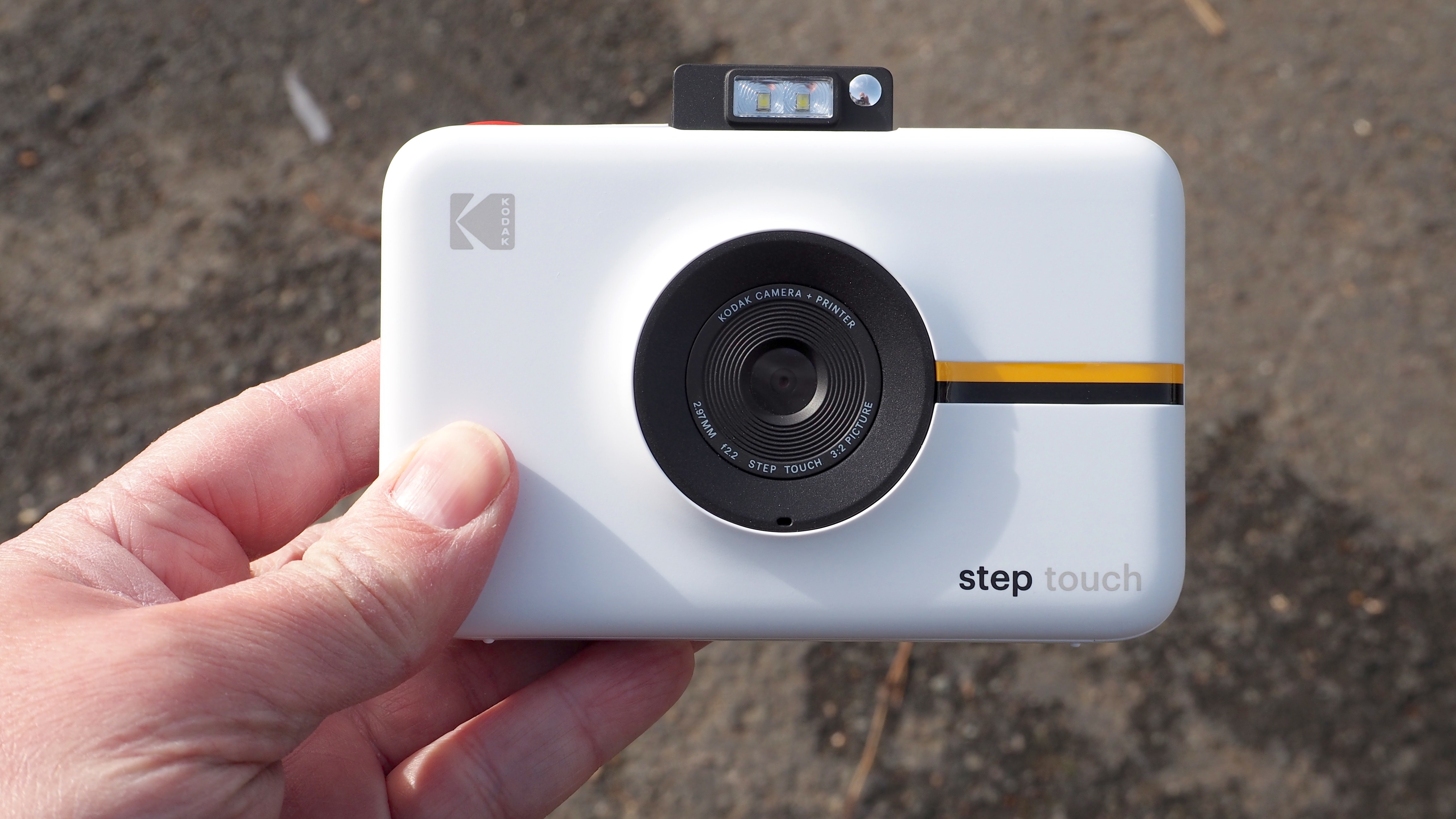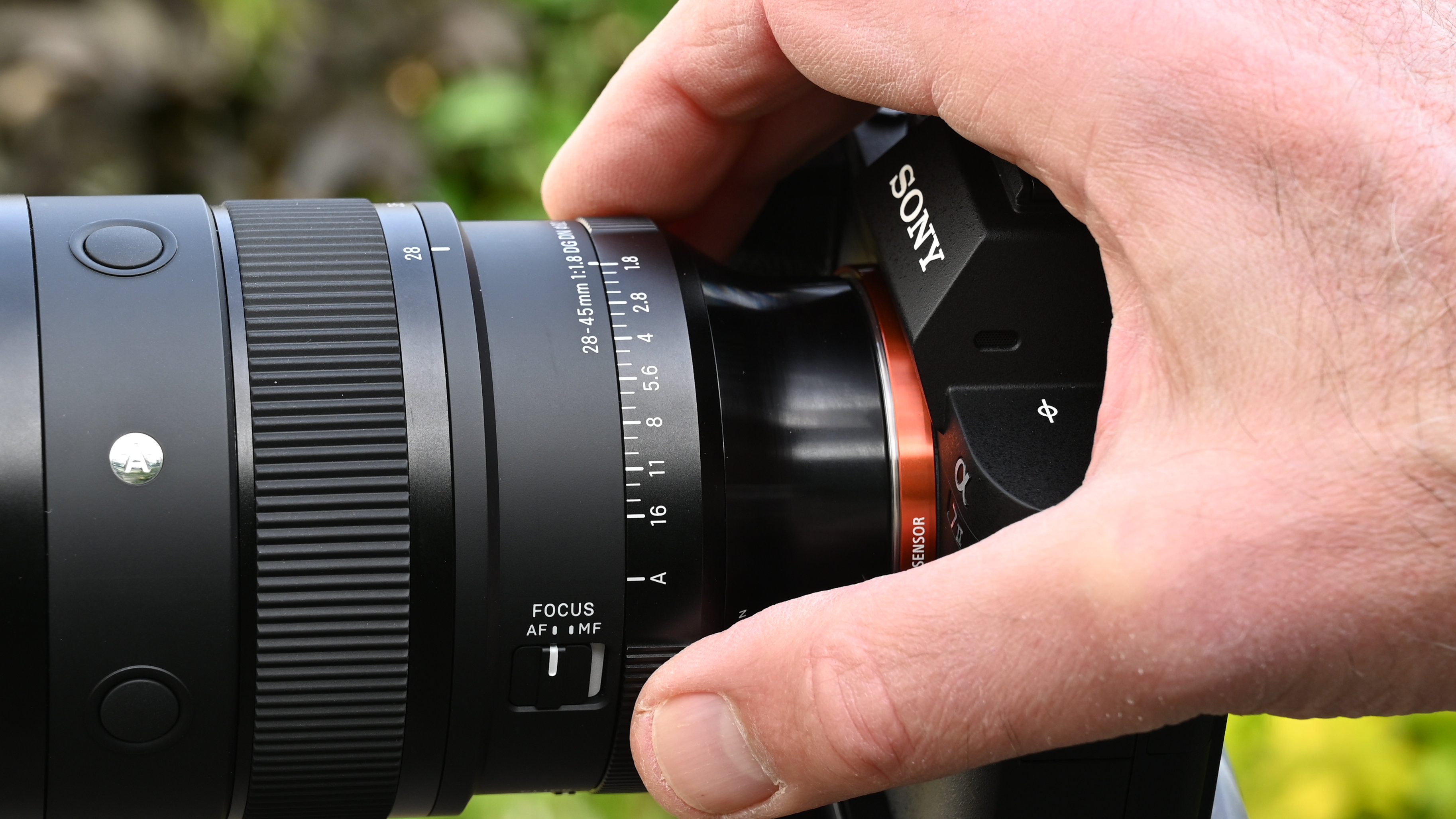The best hybrid instant cameras: hybrid instant cameras and printers for gifting and sharing your photos
Looking for a hybrid instant camera that can take pictures on the spot and also print photos from your phone? Look no further!
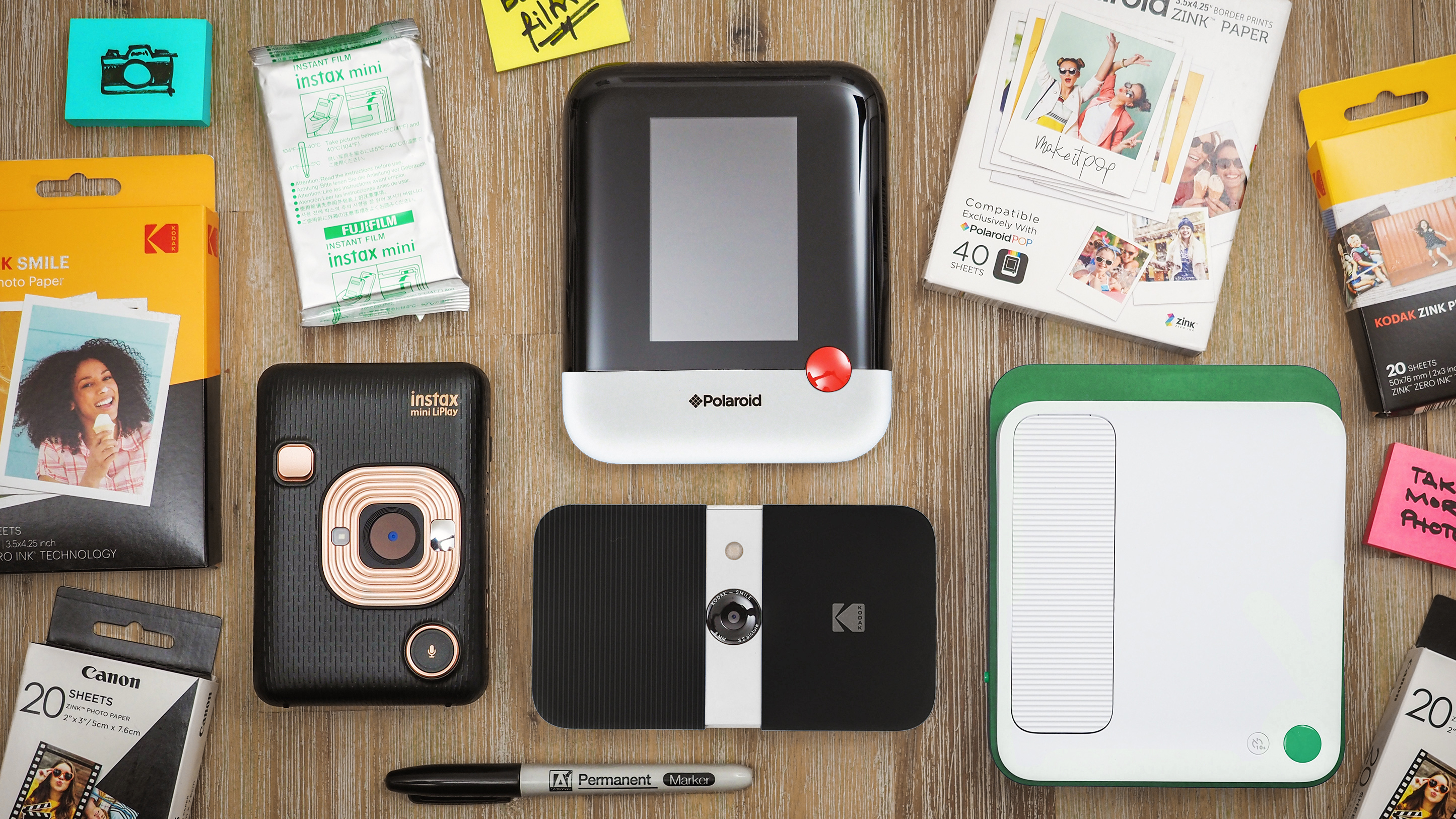
Digital, hybrid instant cameras are an interesting alternative to the traditional, analog instant cameras made famous by Polaroid and Instax. They are still capable of instantly spitting out a physical print, but they also take a digital photograph – giving you an image that you can store and share more easily.
Some models print on paper rather than on instant film. And although these will not give you the same retro image quality as the best instant cameras (such as the Instax Mini 12 and Polaroid Now+), you do get prints that are much cheaper to produce – making hybrid instant cameras a great cost-effective alternative.
These hybrid instant cameras are enormous fun for holidays, festivals, weddings and parties, and some also double as portable printers – so you can even print out images from your phone!
Recent Instax cameras like the Evo series enable you to print digital images on real instant film, for that genuine vintage look. I've included these and the more traditional digital instant cameras on this list, including Kodak models that print on Zink paper. Here are, for my money, the best ones you can buy right now…
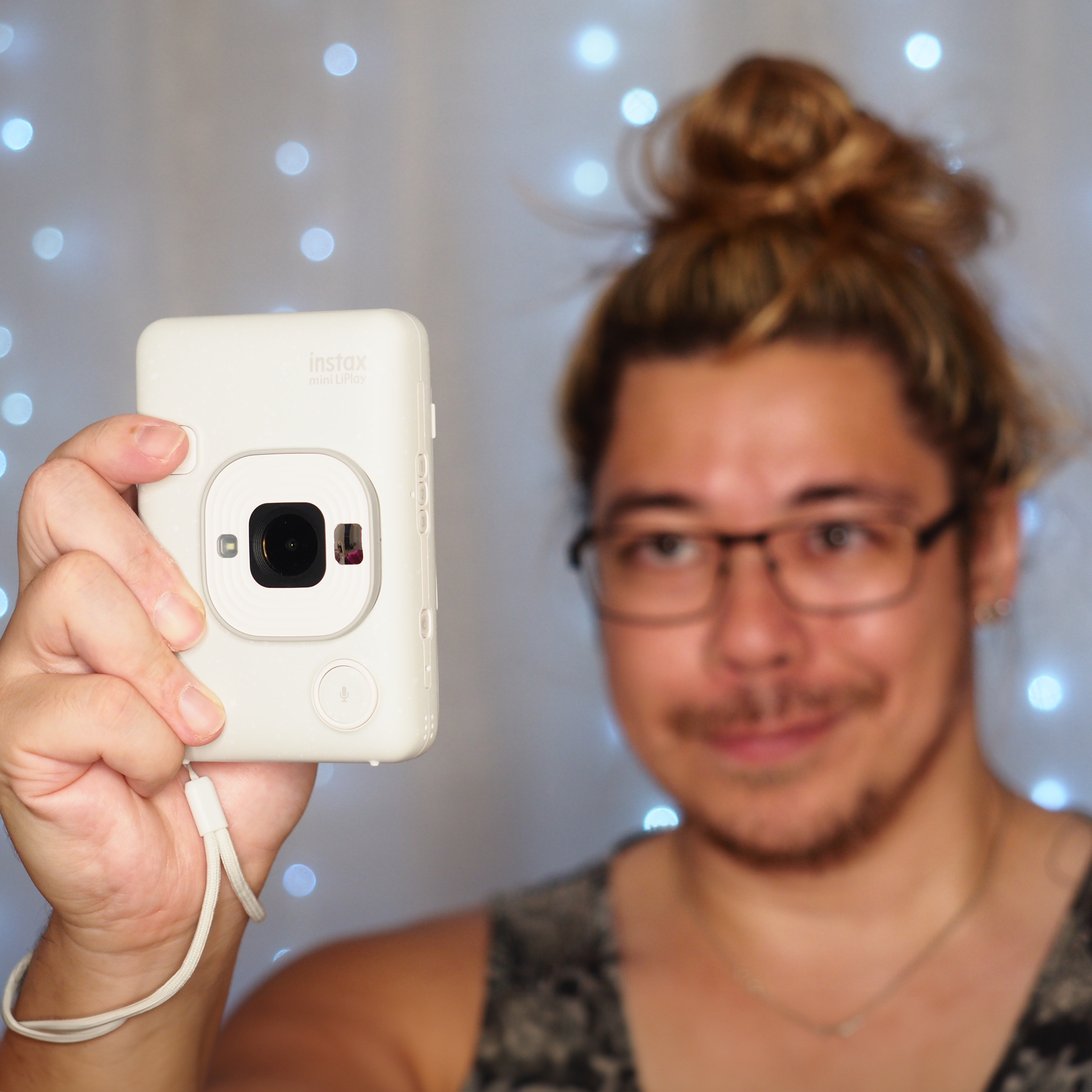
Having taken my first Polaroid in 1984, I've been in love with instant photography for decades – and the move to digital instant cameras opens up some exciting new windows. I've used well over 30 of these cameras and I own half a dozen of them, so I can guide you towards the best on the market.
The Quick List
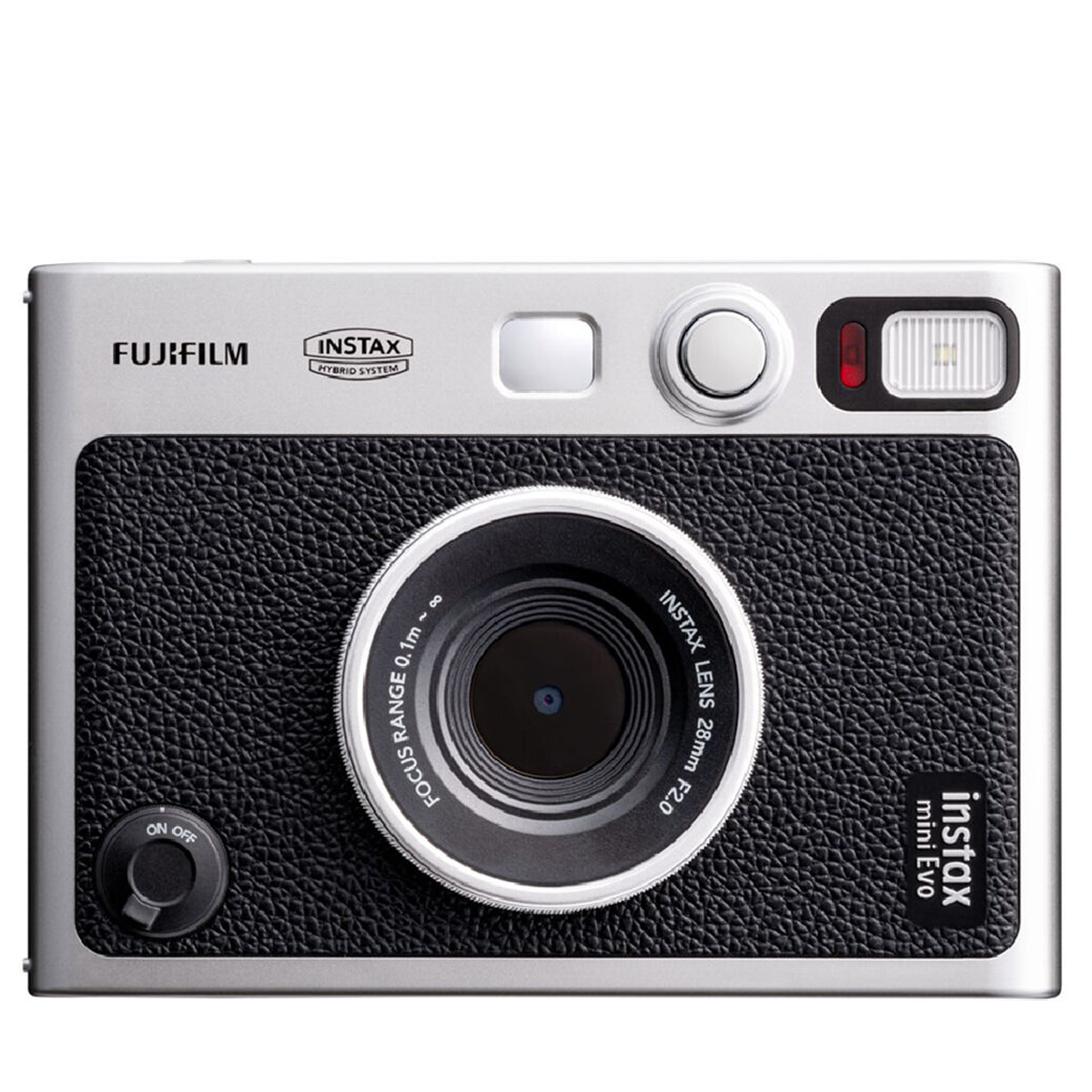
Our favorite digital instant camera enables basic editing before you print out your shot on instant film, and you can print images from your phone too.
Read more below…
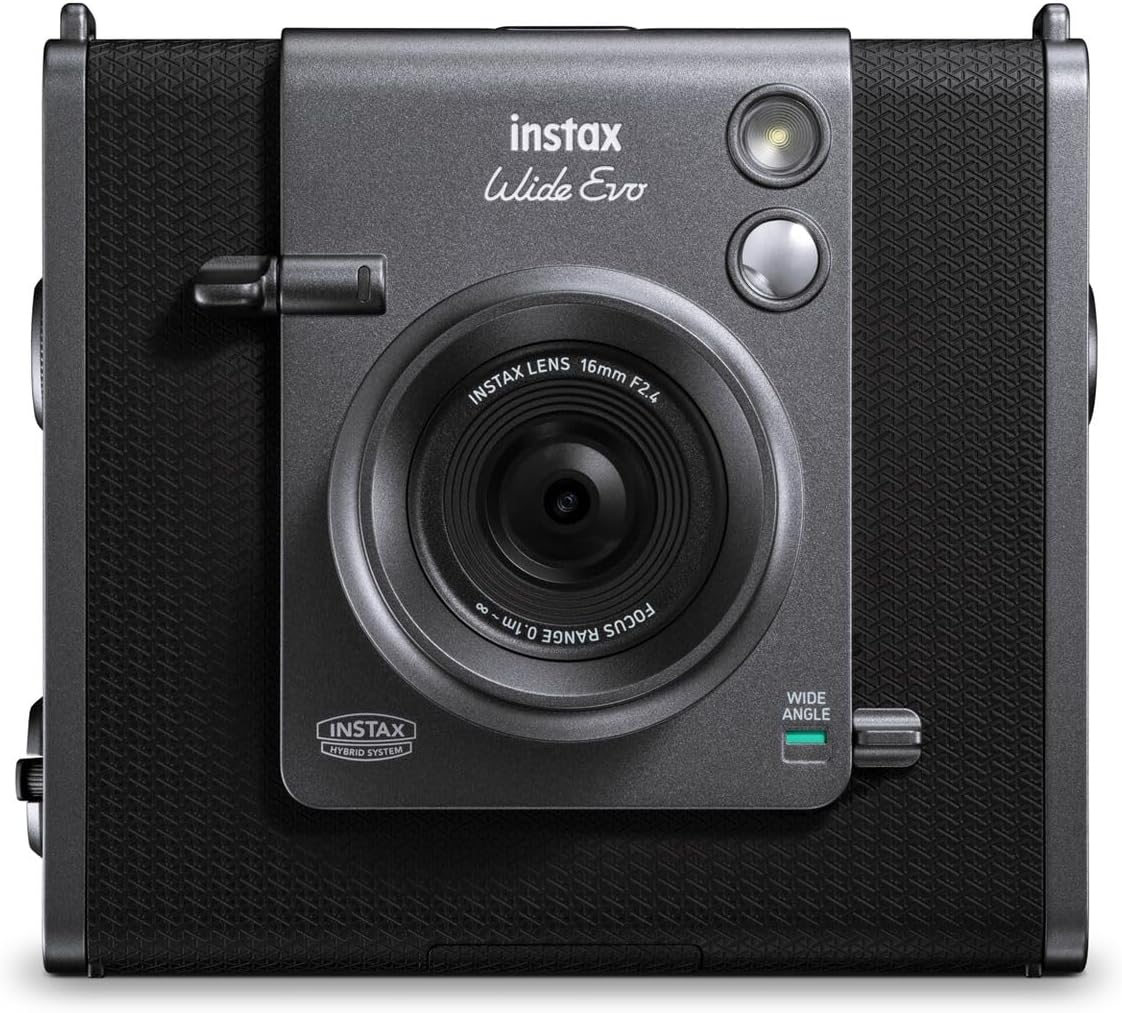
Love the Instax Mini Evo, but want to be able to shoot and print larger images? This uses jumbo-sized Instax Wide film for bigger prints.
Read more below…
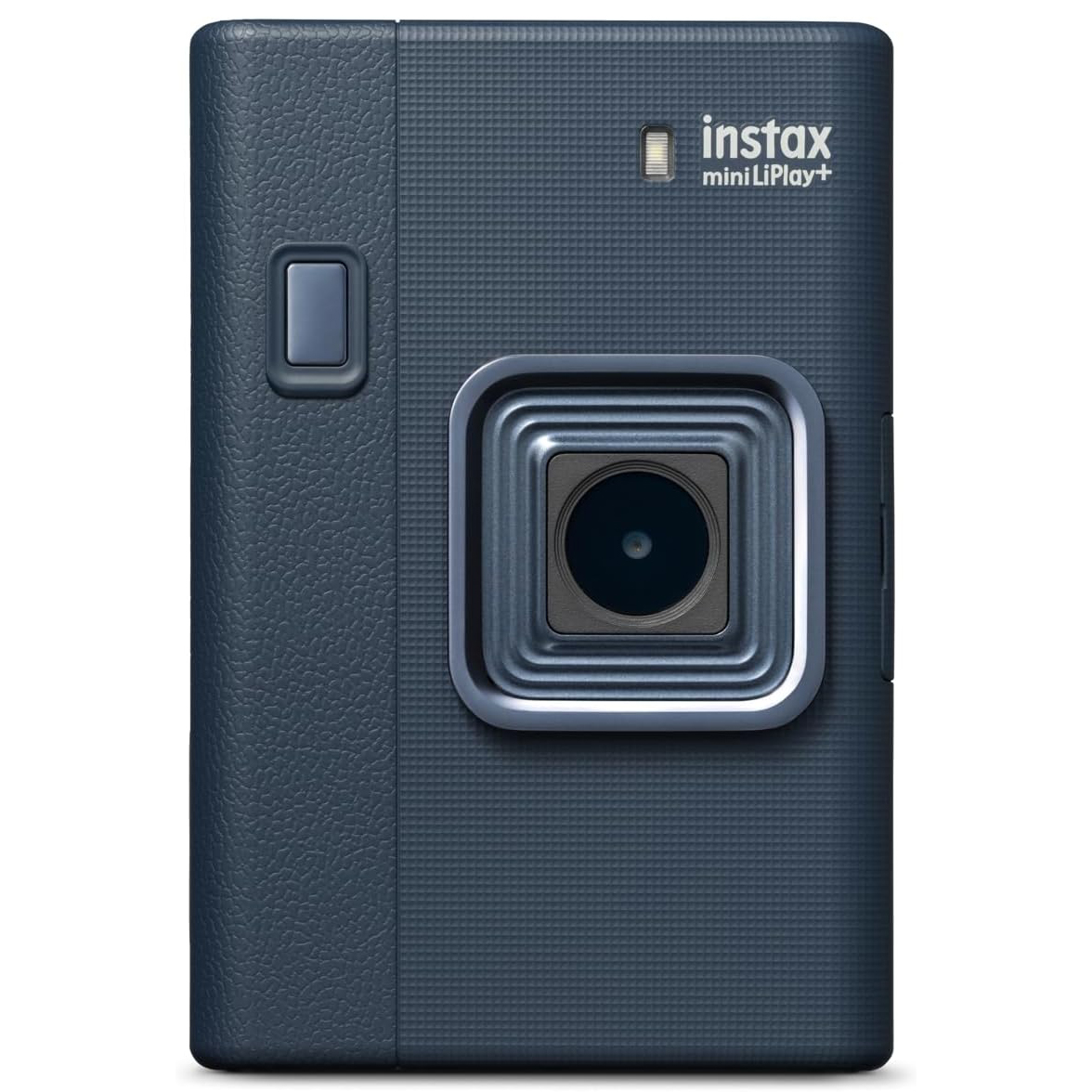
Love the Instax Mini Evo, but want to be able to shoot and print larger images? This uses jumbo-sized Instax Wide film for bigger prints.
Read more below…
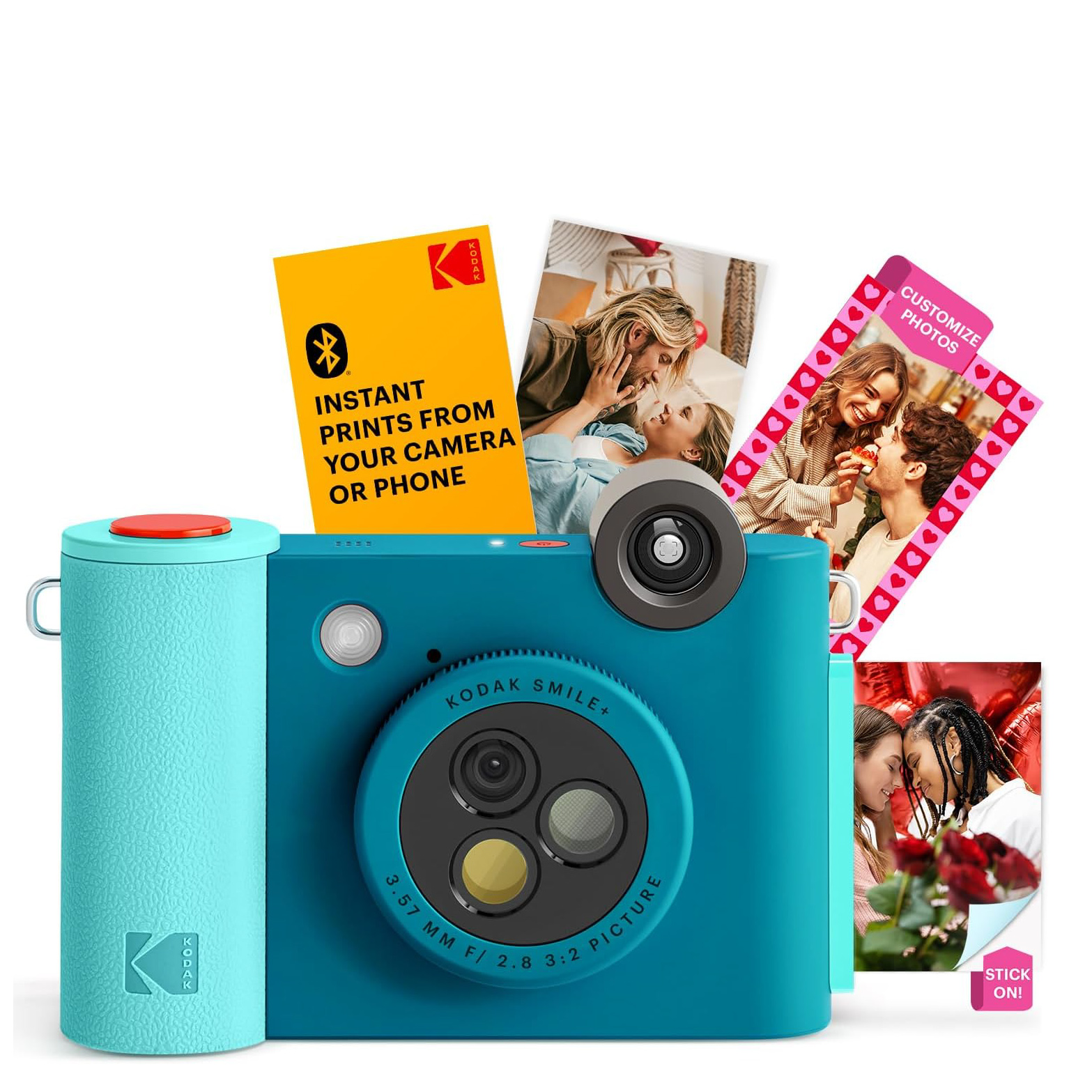
This straightforward camera produces 2x3inch Zink prints. They're not on the same quality level as Instax models, but they're cheaper to run.
Read more below…
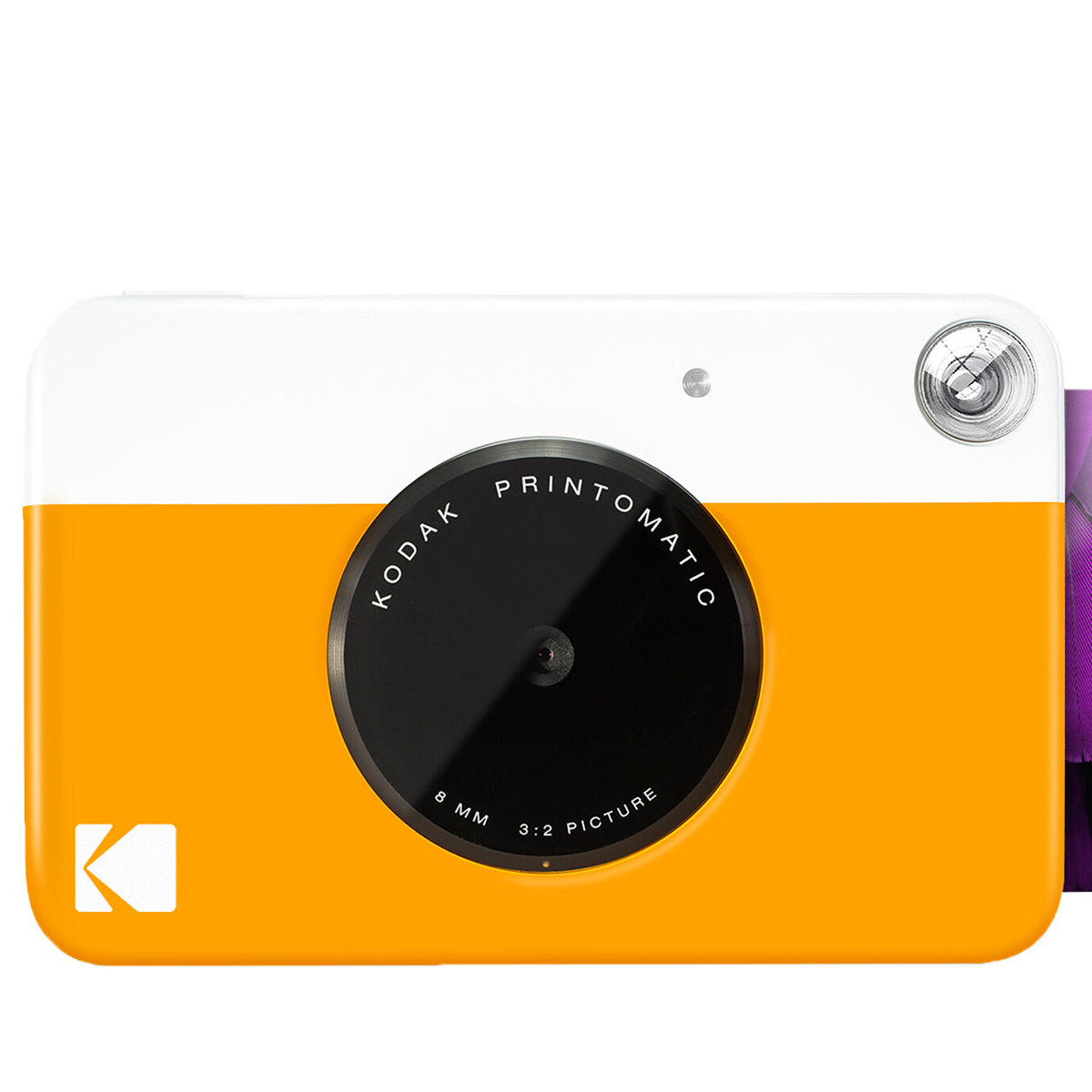
There are no bells or whistles with this budget point-and-shoot-and-print camera, although there are plenty of colors to choose between.
Read more below…
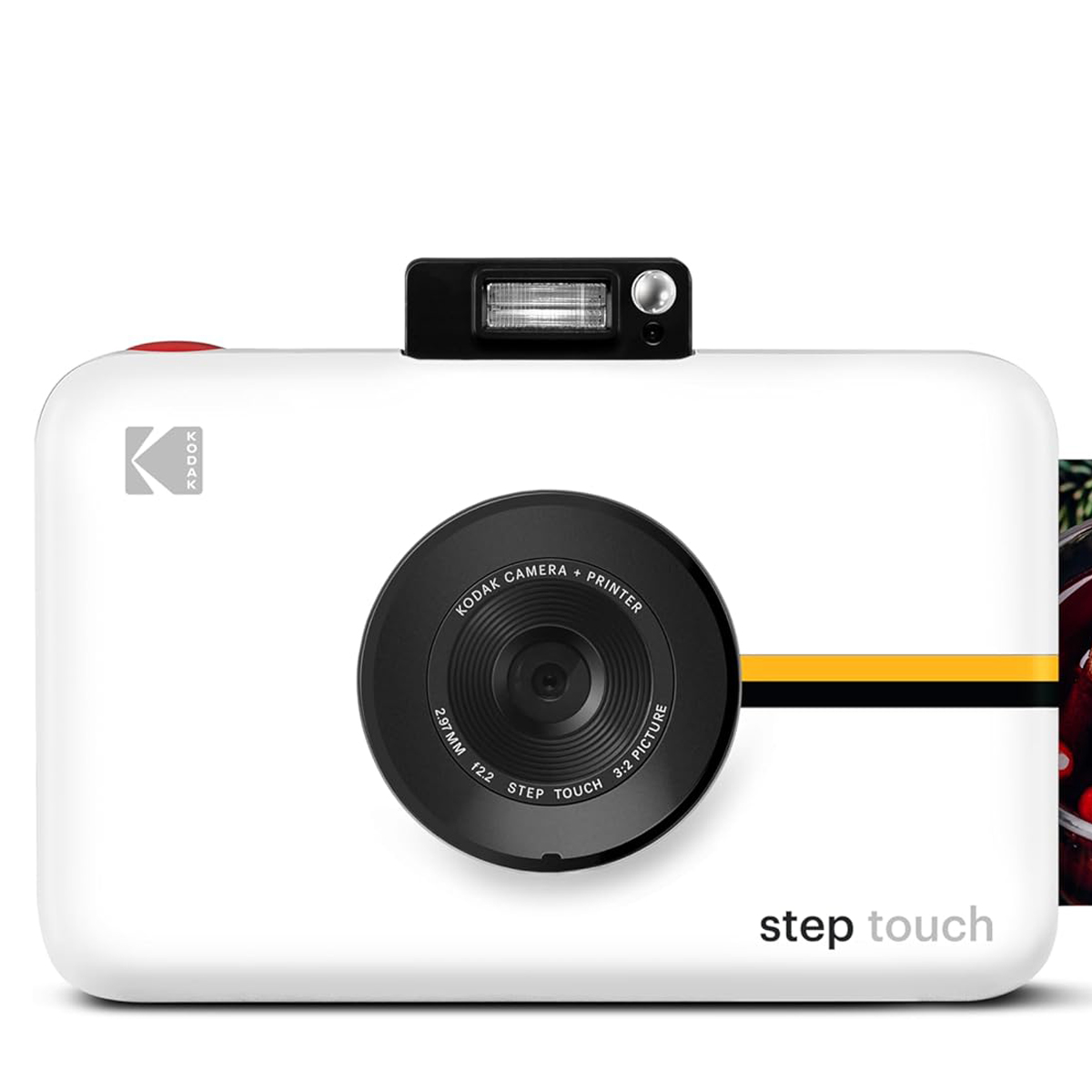
This cute and compact Zink-based model has a screen so you can review your image before you decide to make a print.
Read more below…
Best hybrid instant cameras
Why you can trust Digital Camera World
Best hybrid instant camera overall
Specifications
Reasons to buy
Reasons to avoid
This is my favorite hybrid digital instant camera of the bunch. You can use it to edit a photo you’ve just taken before you print it out – and it also enables you to turn images from your phone into real Instax photos. Ever wanted to produce an instant print of a phone selfie, or a shot you took on a ‘proper’ camera? Now you can!
The Mini Evo boasts a simple but appealing vintage design. My favorite feature is the lever on the back, reminiscent of the lever for advancing the film on old cameras; except here you use the lever to print a photo when you're ready. (There’s a clever effect where the image slowly slides off the rear screen as the print comes out of the side.)
The Mini Evo has deservedly been a monster hit, marrying the fun of analog photography with filters and effects familiar to the Instagram generation. The ability to pair it with your phone to use as a mobile printer is the cherry on top. If you're anything like me and you love to share instant photos with your friends, you’ll love owning this camera.
Read our full Instax Mini Evo review
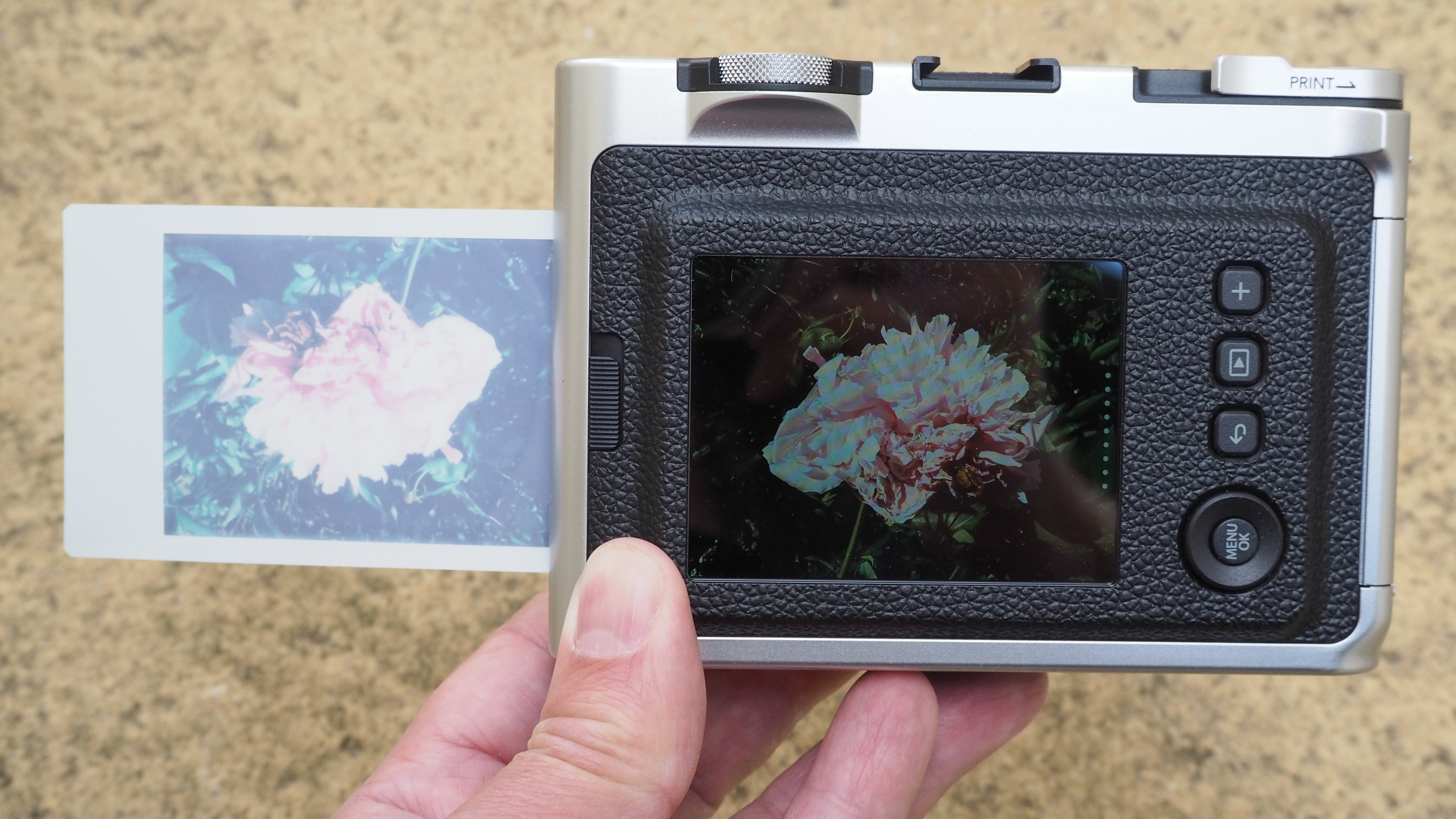
Best hybrid instant camera for big prints
Specifications
Reasons to buy
Reasons to avoid
The Instax Wide Evo, as you might expect, takes the winning formula of the Mini Evo and supersizes it into an XXL camera that takes XXL Instax Wide film. It's not just the film that's wide, though – the Wide Evo also features a second extra-wide lens, giving you a 16mm option (in addition to the standard 28mm) for fitting even more into your frame.
You've got the same ingredients to customize your images, in the form of 10 lens effects and 10 film effects for up to 100 customizable combinations – all viewable on the rear screen before you choose to print them out. And, of course, you can transfer photos and images from your phone to print out your favorite shots and memes.
There are a couple of downsides, though, the first one being price – the Instax Wide Evo is great, but very expensive. The battery life is also poor, only lasting a couple of hours in shooting situations, and there's also an annoying lag when taking a photo that could spoil your shots if you're not careful.
Read our full Instax Wide Evo review
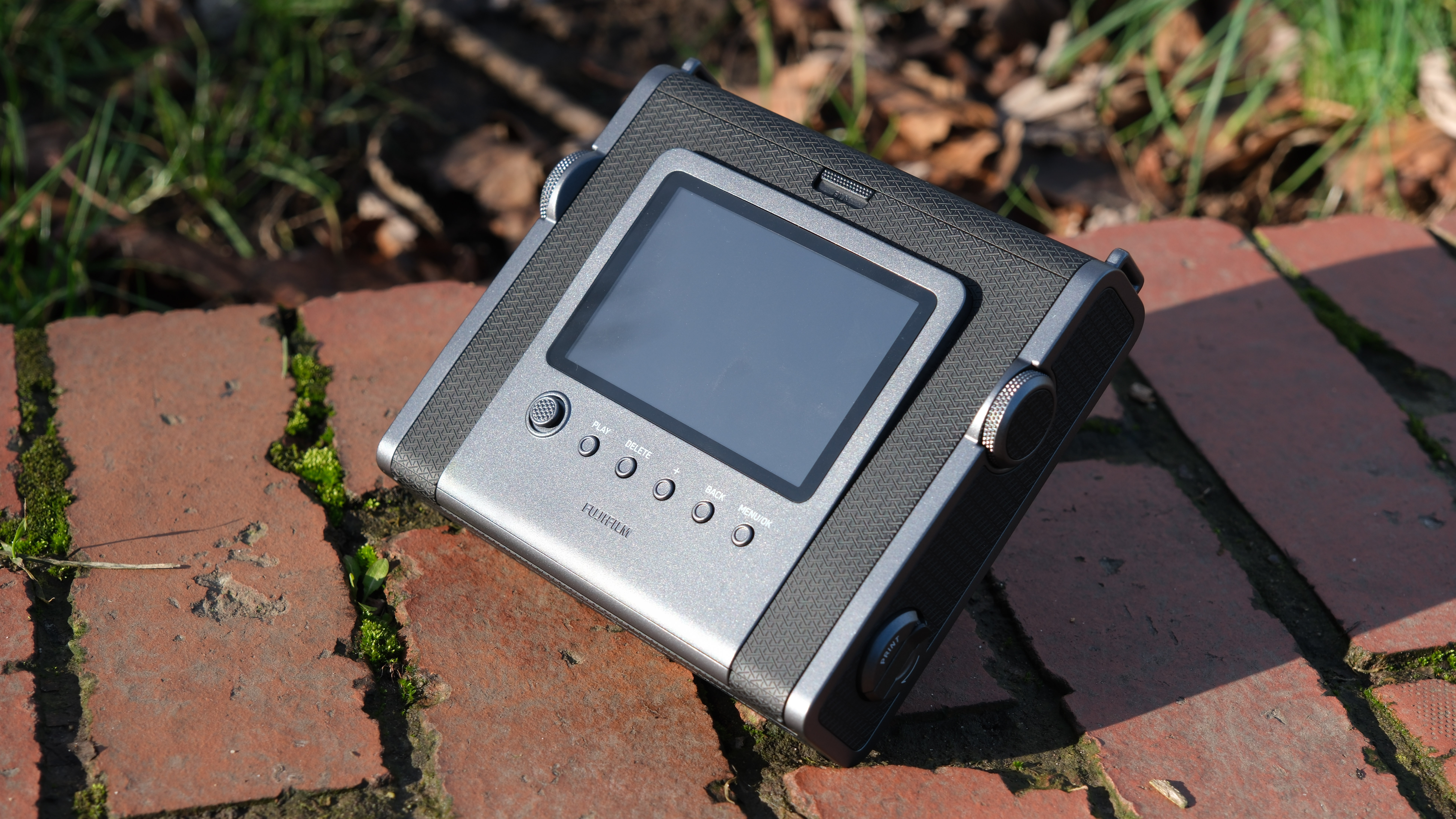
Best hybrid instant camera for selfies
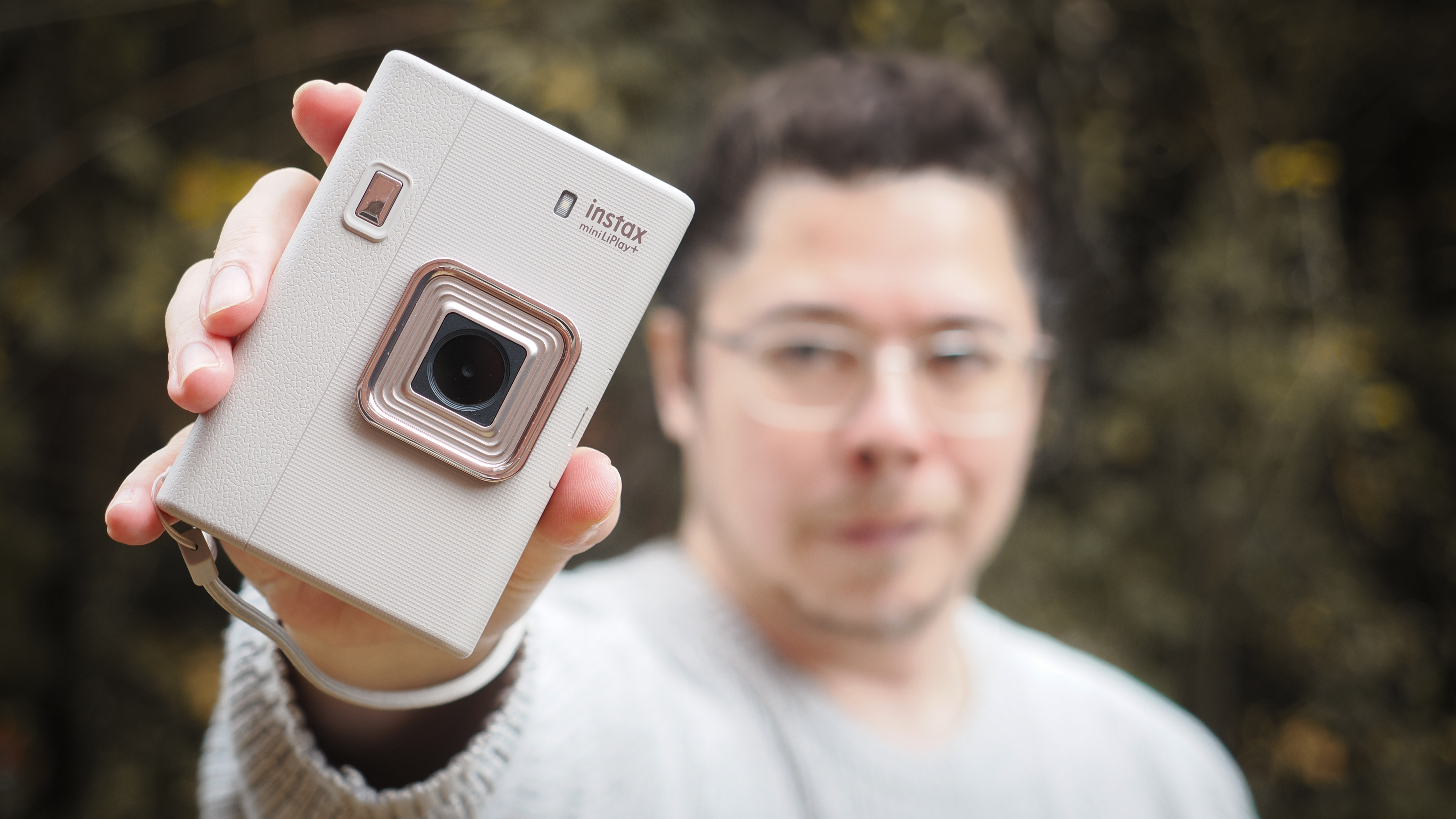
Specifications
Reasons to buy
Reasons to avoid
I was a big fan of the original Instax Mini LiPlay, mainly due to its art deco style and brash colors. So while I was disappointed that the LiPlay+ ditches those flourishes, it more than makes up for them with one key addition: a selfie camera. While many Instax and Polaroid cameras have a selfie mirror on the front, it's so small that you can't be sure what you're actually getting in the frame. But here it's as easy as taking a selfie with your smartphone.
You can print your picture directly onto a sheet of Instax film (or simply save it for printing or sharing later), but like the Evo series you can also apply a series of filters and frames and other effects. However, my favorite effect isn't visual but rather aural!
You can record an audio clip (whether it's a message from someone in the picture, the sound of music playing or birdsong in the background, or anything else you fancy) and the LiPlay+ will print a QR code on your picture. By scanning the code, you can hear the audio – it's a brilliant personal touch and sets the LiPlay apart from every other camera on the market!
Do note that the battery life isn't brilliant, the 4.9MP sensor is great for Instax prints but not as good as your phone for digital files, and bizarrely you can only transfer photos to your phone if you've already printed them (which seems to defeat the object!).
Read our full Instax Mini LiPlay+ review

Best hybrid instant camera with Zink
Specifications
Reasons to buy
Reasons to avoid
If you're happy capturing and printing on Zink paper, as opposed to real film, the Kodak Smile+ is an affordable and enjoyable way to do it. While with its candy-store colors, it's clearly more geared towards younger users, anyone who gets a kick out of instant-print photography should be able to enjoy using it.
Zink, if you don't know, is shot for 'zero-ink'. It's a type of printing that, as you might expect, doesn't use ink, and means that hard copies of your images will emerge from the camera and be instantly fully developed and dry to the touch. At 2x3 inches, the prints aren't the most impactful or high quality, but they can be instantly stuck wherever you like, in scrapbooks, on the back of a laptop, or wherever else. Again, it's clearly pitched towards younger users, but it's good fun. Plus, Zink is a lot cheaper than instant film, so it's a more affordable camera to run, making it a good choice for families.
The Smile+ is a budget camera all-around, and this means that certain features are lacking. Probably the most significant absence, and the one you'll notice right away, is that it doesn't have a digital screen. You can't check the photos you've taken, you can't preview before printing. It does, however, have a slot for a microSD card, so you can review the pictures later on another device.
In its favor, you could say that this simplicity is part of the charm of instant photography (after all, it's not like Polaroid cameras have a screen either). Likewise, the accompanying app is friendly and fun to use, and also allows you to print images from your phone's camera roll.
Read our full Kodak Smile+ review.
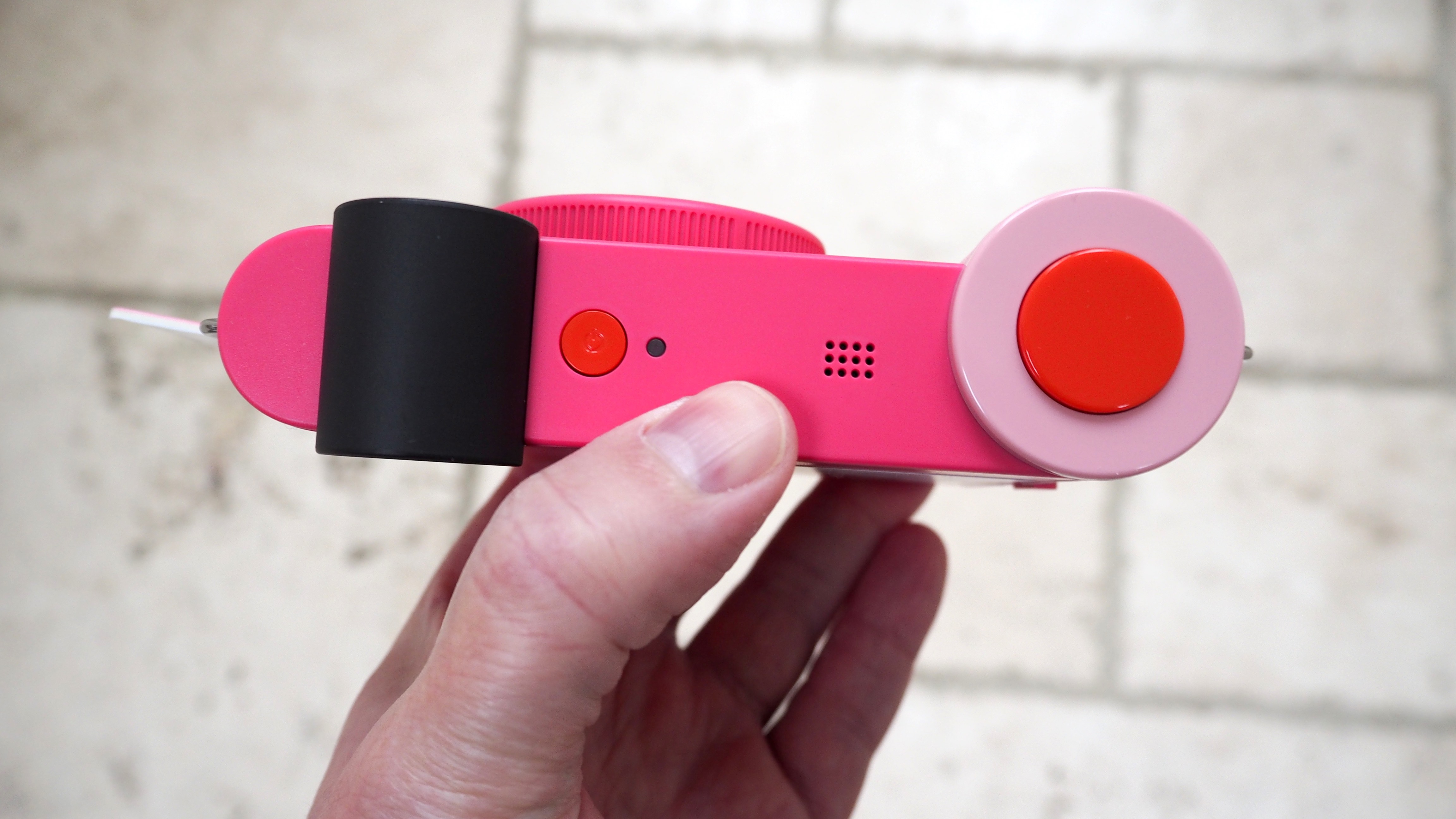
Best-value hybrid instant camera
Specifications
Reasons to buy
Reasons to avoid
One of the most affordable digital instant cameras out there, the Kodak Printomatic is an extremely basic setup for those who like to keep things simple. It's a no-frills digital instant camera, simultaneously saving 5MP digital photos and printing out 2x3-inch prints on Zink paper. So, while you get the advantage of a point-and-shoot that's so straightforward a child could operate it, the quality of the images you get is pretty average. There's also a lack of useful features like a self-timer or an LCD screen.
Still, the design of the Printomatic is pretty minimalist and chic – we like it in the yellow pictured above, though there are options like pink, cyan and luminous green, should you prefer. If you're looking for a serious photographic tool there are better options on this list, but if you just want something cheap and simple that works, the Kodak Printomatic fills out that brief just fine.
Read our full Kodak Printomatic review
Best hybrid instant camera with touchscreen
Specifications
Reasons to buy
Reasons to avoid
Like the look of the Printomatic (above) but wish there was a touchscreen and pop-up flash? Then the Kodak Step Touch is for you. Again, it doesn't offer the best image quality on this list, but it's cute and compact – and it does come with an LCD touchscreen, which is super helpful.
It's definitely more a bit of fun than a serious shooting device, with its plastic-y build and washed-out prints, but it's an enjoyable experience if you can find one for a value-added price.
Read our full Kodak Step Touch review
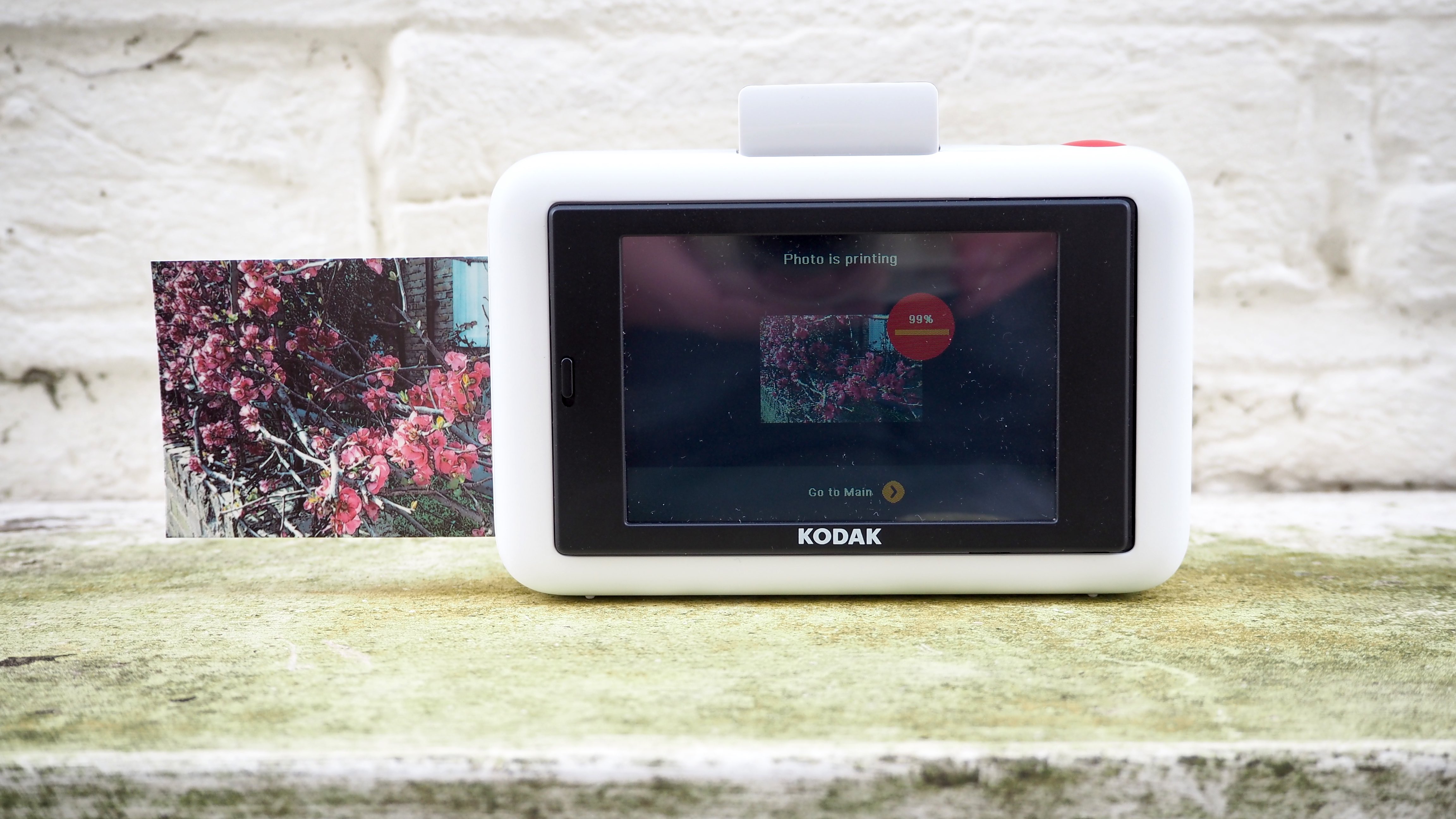
How to choose the best hybrid instant cameras
There are two main formats used by the best digital instant cameras: Zink (aka zero-ink) thermal paper and traditional Instax film – yes, the kind that you put in analog instant cameras.
Zink printing doesn't require costly ink cartridges, it's reliable, and the images are smudge-proof. They also tend to be hardier than instant film exposures and are resistant to water. Another upside to Zink is that the paper costs a lot less than instant film.
Where Zink photos look like regular printed-out pictures, Instax photos are exposed photochemically – so they possess that unique, retro, otherworldly "instant camera look", with crunchy contrast and vibrant colors. You can great images from both, so which you go for is down to personal preference.
The size of the print is also a factor. Zink prints are the smallest – but as they are borderless, the image size is actually bigger than on an Instax Mini print. The biggest print and image size come with the Instax Wide film. See the exact dimensions in the following table:
Film/paper | Overall size | Image size | Image area |
|---|---|---|---|
Zink | 51 x 76mm | 51 x 76mm | 3876mm² |
Instax Mini | 54 x 85mm | 46 x 62mm | 2,852mm² |
Instax Wide | 108 x 85mm | 99 x 62mm | 6,138mm² |
| Row 3 - Cell 0 | Row 3 - Cell 1 | Row 3 - Cell 2 | Row 3 - Cell 3 |
| Row 4 - Cell 0 | Row 4 - Cell 1 | Row 4 - Cell 2 | Row 4 - Cell 3 |
How we test hybrid instant cameras
We don't test instant cameras using the same scientific lab tests we do on the latest mirrorless cameras and lenses – but our evaluation is no less exhaustive! When we get an instant camera, we take it to an actual shooting environment and run a few packs of film through it, seeing how it performs in a variety of lighting and environmental conditions. This is especially important with cameras that use a photochemical exposure process, since results can vary greatly even in only subtly different situations.
Factors such as feature sets are taken into consideration, especially as this relates to ease of use – since instant cameras are supposed to take pictures instantly, with minimal messing around. Battery life is a key point as well, given that there's physical printing / exposure and usually a flash being fired. Image quality is quite subjective, here; photochemical prints inherently possess a different set of characteristics, though Zink images can be more fairly evaluated in terms of print quality.
Find out more about how we test and review on Digital Camera World
Frequently asked questions
What is a hybrid instant camera?
Hybrid instant cameras are essentially a digital version of a traditional instant film camera. (This is why you'll often hear them called "digital instant cameras" as well as "hybrid instant cameras" – there's no official term for them, so the names are used pretty interchangeably!)
Where a traditional instant camera prints using an entirely analog process, exposing light onto a sheet of instant film, hybrid instant cameras instead possess a digital image sensor to capture images. This is coupled with what is effectively a miniature printer, which is used to produce a physical image.
Some hybrid digital instant cameras expose the image on instant film, using the same photochemical process as a traditional instant camera to "print" a picture, while others use Zink (Zero Ink) or dye sublimation printers.
Zink cameras vs instant film: which is better?
As I said up top, I prefer the quality of instant film. In pure photographic terms, instant film like Polaroid and even Instax offers greater detail and tonality than digital instant prints. However, digital instant cameras have their own advantages, chiefly that they are much cheaper to buy and to run, with Zink and other forms of photo paper being more affordable than instant film.
What is the best instant camera for kids?
Instant cameras are great fun for kids, but the expense of instant film can make Instax cameras impractical. I'd recommend a Zink-printing camera like the Kodak Smile+ for little ones, as the paper is cheap enough that they can make as many misfires as they want, and the successful prints can easily be transferred to scrapbooks thanks to their sticky backs.
Compare prices
The best camera deals, reviews, product advice, and unmissable photography news, direct to your inbox!

James has 25 years experience as a journalist, serving as the head of Digital Camera World for 7 of them. He started working in the photography industry in 2014, product testing and shooting ad campaigns for Olympus, as well as clients like Aston Martin Racing, Elinchrom and L'Oréal. An Olympus / OM System, Canon and Hasselblad shooter, he has a wealth of knowledge on cameras of all makes – and he loves instant cameras, too.

